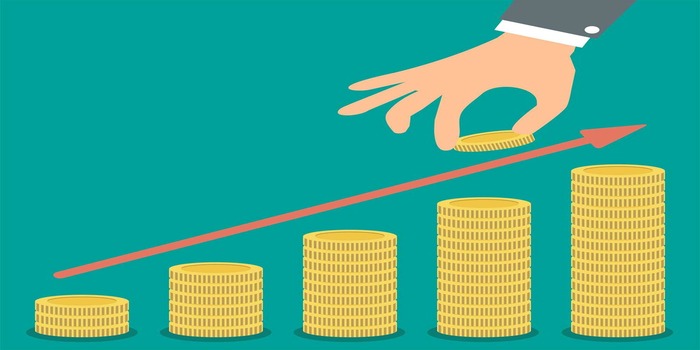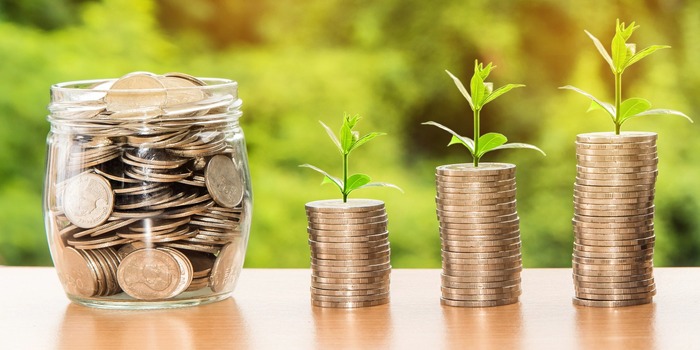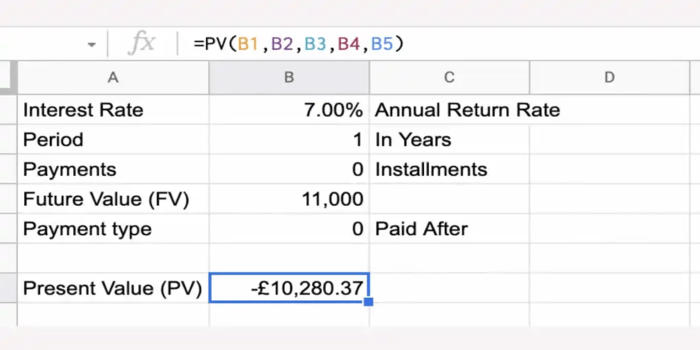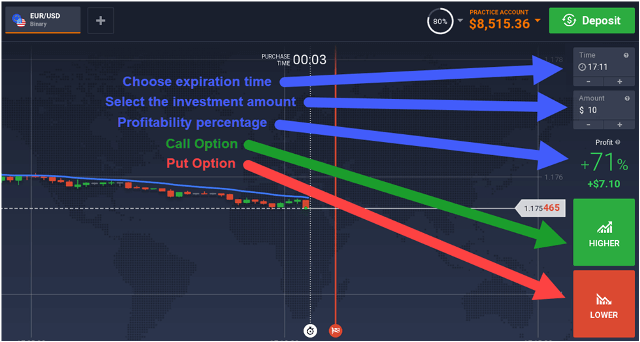What Factors Go Into Calculating Social Return on Investment (SROI)?
The term "social return on investment" (SROI) refers to a technique used to quantify elements such as social, economic, and environmental aspects that are typically not shown in financial statements. They are able to determine the efficiency with which a business generates value for the community using its capital and other resources.
SROI, which illustrates the potential financial and social impact of a firm, is more commonly used to assess the overall advancement of specific improvements than typical cost-benefit analyses, which are used to compare various investments or initiatives.
SROI gives stakeholders a thorough understanding of the impact generated for each unit of investment, allowing them to evaluate how well projects and initiatives are working to produce real benefits for society. We will read about what factors go into calculating social return on investment (SROI).
Importance of SROI in Decision-Making: An Overview `

Project managers and investors use SROI to guide their decisions about upcoming investments as well as to justify current spending. It enables them to witness the true effects of their labor, such as enhancements to people's quality of life and the environment.
When it comes to impact investment, when the ultimate goal is to bring about positive social and environmental changes, this kind of understanding is very crucial.
Organizations.
How SROI Works | A Step-by-Step Process
Finding Stakeholders
Knowing who will be impacted by the investment is the first step. Anybody can be a stakeholder, including the investors themselves, the neighborhood, and even society as a whole.
Mapping Outcomes
This entails enumerating the positive and negative changes (such as improved health or a cleaner environment) that resulted from the investment. It's about understanding the entire scope of the investment's results.
Valuing Outcomes
A monetary value is assigned to each identified change. Market prices or polls asking people how much they would be prepared to pay for specific benefits may be used in this step.
Calculating SROI
SROI is calculated by adding up all of the values that are ascribed to the outcomes and comparing them to the cost of the investment. The result is the SROI ratio, which displays the amount of environmental and social value produced for each dollar invested.
Sharing the Outcomes
Lastly, all parties concerned are informed of these conclusions. Stakeholders are better able to comprehend the results of their involvement or investment because of this transparency.
Methodology for Social Return on Investment (SROI)

Determining Stakeholders and the Investment's Scope
The first step is to determine the investment's scope and all parties that will be impacted by it. This encompasses the investors, the enterprise or undertaking, and the wider society. It is simpler to evaluate how the investment will affect various groups if you are aware of the stakeholders.
Outcome Mapping
The following stage involves charting every result generated by the investment, including any favorable and unfavorable ones. These results can include social and environmental improvements like better health or lower carbon emissions, as well as economic advantages like income generating. Investors can see the impact made holistically by outlining these outcomes.
Providing Evidence for Outcomes and Their Availability
After the outcomes have been determined, the next step is to collect data proving their availability. Validating the results entails gathering information, distributing surveys, and utilizing further research techniques. To effectively convey the effects of the investment, solid data is required.
Determining Impact
The next stage after obtaining information is to determine the investment's impact. This entails evaluating the asset's contribution to the intended results by reviewing the data that was gathered. Investors can determine how well their investments are causing social and environmental change by calculating impact.
SROI Calculation
The SROI is determined in the fifth step by dividing the investment's overall social and environmental benefit by its total cost. Investors can clearly grasp the financial return on their investment as well as the wider social and ecological benefits derived from this calculation. It helps investors make well-informed choices and rank the investments that will have the biggest positive effects.
Reporting and Embedding
Sharing the SROI findings with project or business leaders, investors, and the general public is the last step. Investors can establish credibility with stakeholders and show their dedication to social and environmental effects by disclosing the results. Moreover, the integration of the SROI approach into investment procedures facilitates continuous assessment and enhancement, guaranteeing that investments persist in generating favorable outcomes.
Challenges to SROI Calculation Mastery

Any organization that wishes to use an SROI method must meet a number of other requirements in addition to the requirement for rigor. The majority of firms need more mechanisms to make the changes required to put an SROI plan into action. These are the prerequisites and common barriers that prevent firms from implementing an SROI strategy.
Systems of Monitoring
Since quantitative data is essential to SROI, companies need to be able to gather and handle it. This goes beyond collecting information on outputs and instead focuses on data that shows how the intervention changed the lives of the recipients. To successfully implement such tracking and secure strong buy-in from the relevant stakeholders, investments in the right processes are required (from employees to the beneficiaries themselves).
Conclusion
To sum up, the SROI methodology provides a thorough framework for assessing the return on investments. By taking into account both financial returns and more comprehensive social and ecological outcomes, investors can make well-informed decisions and help bring about beneficial social and environmental change. A systematic methodology for performing an SROI analysis and making sure that investments are in line with social value principles.
I hope this article on what factors go into calculating social return on investment (SROI) will be beneficial for you.













